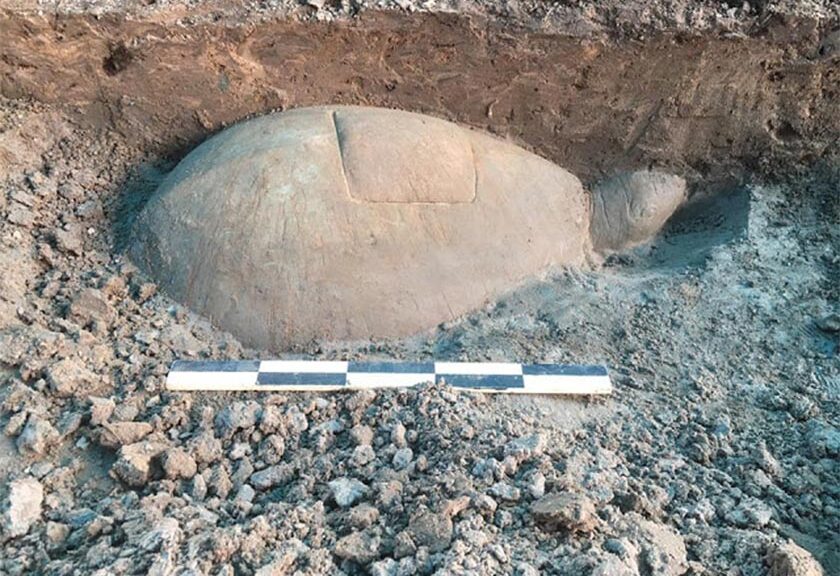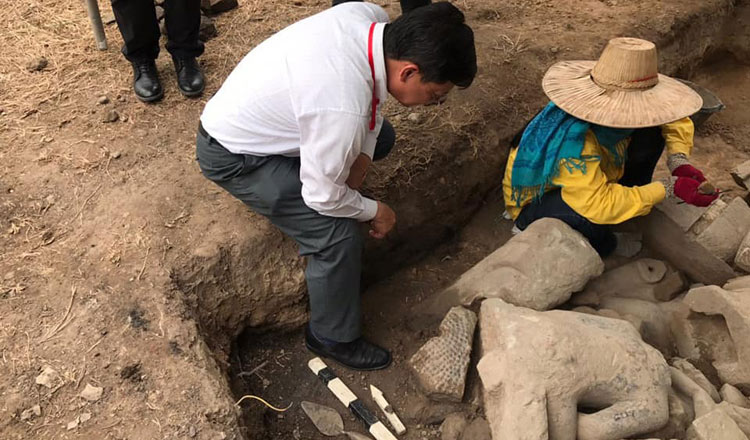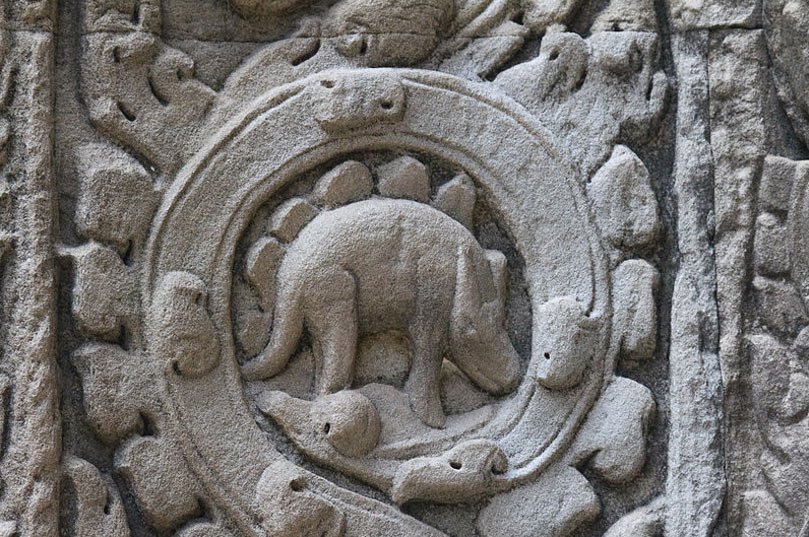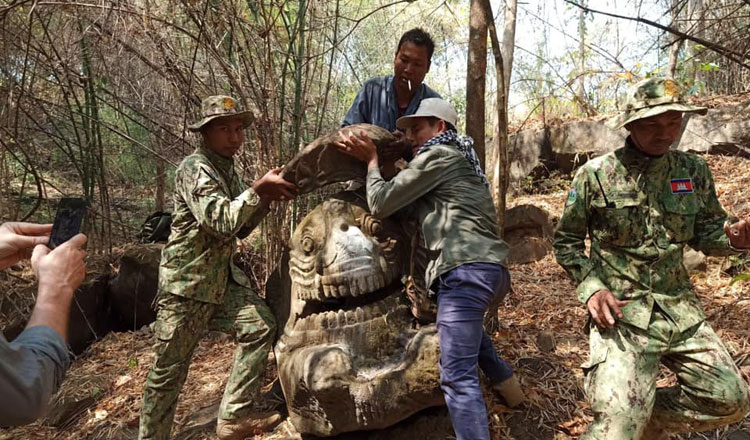Underwater robot finds shipwreck with treasure worth up to $17B
Researchers have released new details about the discovery of a centuries-old shipwreck holding up to $17 billion worth of sunken treasure off the coast of Colombia. Just don’t ask them to mark the spot with an “X” on any map.
The Spanish galleon San Jose, often called the “Holy Grail of shipwrecks,” was found off the coast of Cartagena, Colombia in November 2015, using a specialized robot, scientists from the Woods Hole Oceanographic Institution said.
WHOI scientists worked with the Colombian government and the Maritime Archeology Consultants group to find the wreck, although it took them some time to confirm that it was actually the San Jose.
MAC allowed the WHOI researchers to announce their role in the project this week, although Colombian President Juan Manuel Santos previously tweeted about the shipwreck discovery in 2015.
The famed 64-gun, the three-mast vessel was sunk by a British ship in 1708, sending it to the bottom of the ocean with its cargo hold loaded full of gold, silver, and emeralds.
Its location has long been a mystery and subject of fascination, but in the end, it was a submersible robot – not a treasure-hunter – that found it.
Researchers first detected the ship on sonar and used a remote submersible, dubbed the REMUS 6000, to investigate it further.
The REMUS 6000 captured a slew of images showing the San Jose to be mostly buried in sediment, at a spot some 600 meters below the surface.
Researchers say they knew it was the San Jose when they saw photos of its distinctive bronze cannons, which are engraved with dolphin designs.
“With the camera images from the lower altitude missions, we were able to see new details in the wreckage and the resolution was good enough to make out the decorative carving on the cannons,” expedition leader Mike Purcell, a WHOI engineer, said in a news release. “MAC’s lead archaeologist, Roger Dooley, interpreted the images and confirmed that San Jose had finally been found.”

The exact location of the wreck remains a Colombian state secret.
Colombia says it will set up a museum to display artifacts from the wreck. However, don’t expect to see a pile of sunken treasure in that museum anytime soon.
The fate of San Jose’s treasure remains unclear, as there have been several lawsuits in recent decades over who has a claim to it.
Every piece of that treasure will remain on the seafloor, at least until the legal battle is won.
















